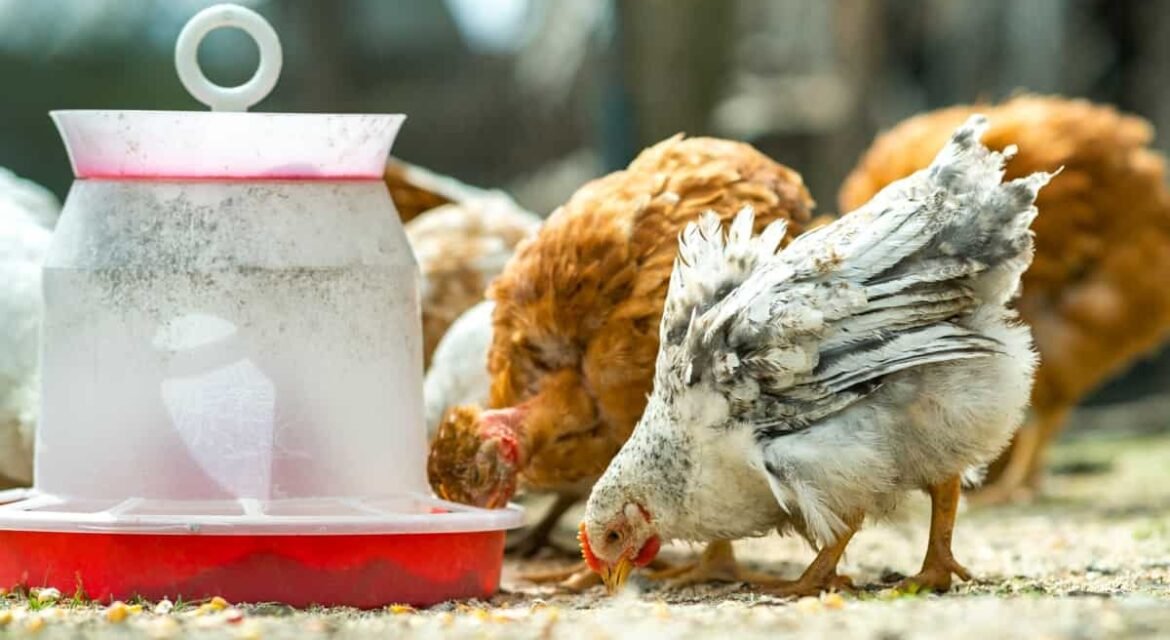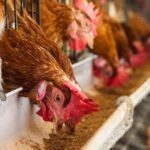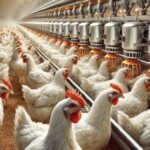No products in the cart.
 05 August 2025
05 August 2025How to Reduce Feed Costs Without Compromising Quality
To reduce feed costs without compromising quality, focus on optimizing feed formulas with cost-effective alternative ingredients, improving ingredient sourcing through bulk purchasing and supplier negotiation, and minimizing feed wastage with proper storage and automated feeding systems. Additionally, track feed performance metrics and consult with experts, such as nutritionists, to ensure rations meet specific animal needs for optimal health and productivity, which ultimately contributes to a lower overall cost.
Optimize Feed Formulations
- Choose cost-effective ingredients:Select alternative ingredients, such as agricultural by-products (e.g., rice bran or wheat middlings), that offer similar nutritional value at a lower price.
- Tailor rations:Work with nutritionists to create feed formulas that precisely meet the nutritional requirements of your specific animal species and their production stage, ensuring no nutrients are wasted.
- Use enzymes:Incorporate targeted enzymes into diets, such as phytase, to improve nutrient digestibility and allow for the use of lower-cost ingredients.
Improve Ingredient Sourcing
- Negotiate with suppliers:Build strong relationships and negotiate better terms, including discounts, for ingredient purchases.
- Explore bulk purchasing:Buy ingredients in bulk, especially during off-peak seasons, to secure better prices.
- Source locally:Purchase raw materials from local suppliers to reduce transportation costs and improve supply chain efficiency.
- Compare suppliers:Regularly compare offerings from multiple suppliers to ensure competitive rates while maintaining the desired quality.
Reduce Feed Wastage and Optimize Usage
- Implement proper storage:Store ingredients in dry, well-ventilated areas to prevent spoilage, mold, and nutrient loss.
- Utilize automated feeding systems:Invest in automated feeders or Total Mixed Rations (TMR) mixers to ensure accurate and uniform rations, reducing both waste and labor costs.
- Monitor intake and performance:Track feed consumption and key performance indicators like feed conversion ratios to identify changes in patterns and make timely adjustments to rations.
Monitor and Analyze Costs
Understand the total cost:Consider the entire picture, including the long-term health benefits of high-quality feed, which can lead to higher profits through improved growth rates and productivity, rather than just the upfront ingredient cost.
Track historical data:Use past data to make informed purchasing decisions and manage feed budgets more effectively.
Review feed performance:Regularly monitor the performance of your feed to identify any potential issues and make necessary formula adjustments.





